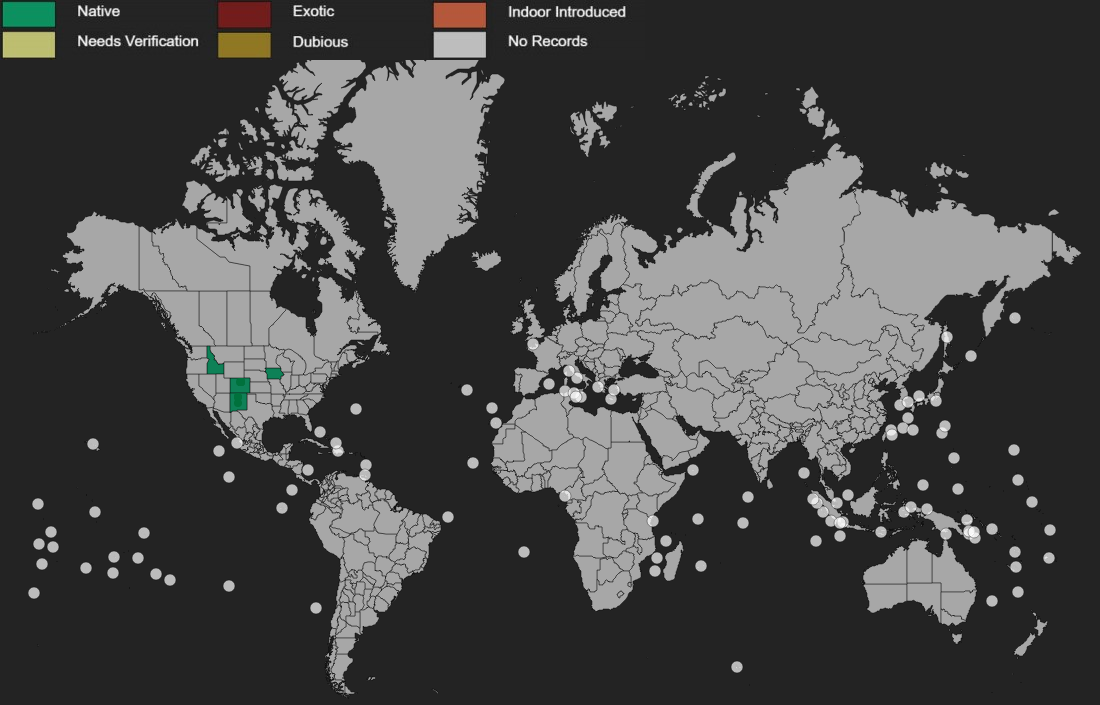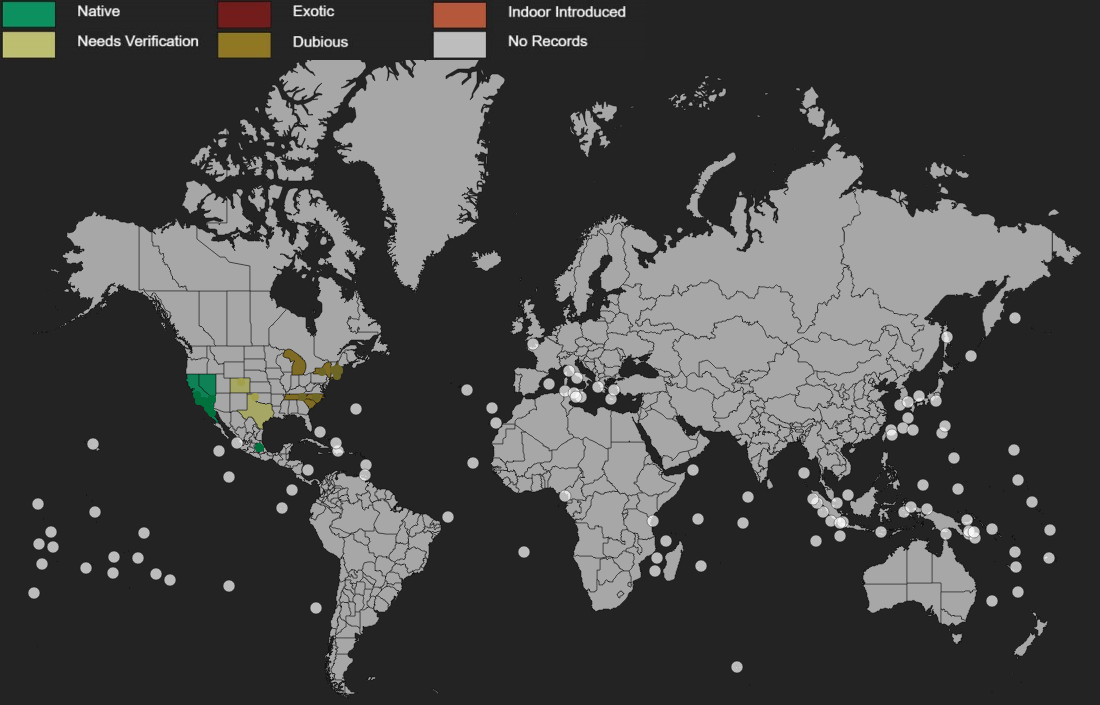The Camponotus conspicuus situation
Thanks to @aaron567 and @mettcollsuss for doing the bulk of the work here.
This post is for future reference in discussions.
So, Camponotus (Tanaemyrmex) conspicuus is a uniquely problematic taxon - probably one of the worst I've seen still around today. Its issues stem from many bad practices and mistakes of early taxonomy that have only been very slowly resolved over the years. Its type specimens appears to be conspecific with Camponotus (Myrmothrix) hannani, hannani having been described separately through odd justifications, namely behavior. That brings up the issue of subgeneric placement. In the future, conspicuus will likely be reassigned to Myrmothrix rather than Tanaemyrmex, or an equivalent species group if/when subgenera are phased out, and hannani will become a junior synonym of conspicuus due to seniority.
conspicuus has also had a history of clearly allospecific subspecies. The most notable is probably Camponotus (Tanaemyrmex) zonatus, which had its status revised a few years ago. zonatus is a recognizable, yellow-black striped Tanaemyrmex found across the Neotropics. Most of the conspicuus records on iNat as of posting this represent zonatus, or something closely related, so they will be reidentified to zonatus or Tanaemyrmex based on what seems safer. There are also other former subspecies that have been raised to species level from conspicuus, such as Camponotus (Tanaemyrmex) inaequalis, but they serve less importance for fixing observations on iNat, and have varyingly problematic taxonomy in themselves. Currently, conspicuus has 2 remaining non-nominal subspecies, C. c. sharpi which appears to be a Myrmothrix lacking scape hairs (or Tanaemyrmex?), and C. c. williamsi, which appears to be something like Myrmaphaenus or Pseudocolobopsis. Potential observations representing sharpi should be left alone if distinguishable or to genus if not, and at genus level for williamsi, considering the poor taxonomy and plausible impossibility of accurately choosing a species-level ID.
As for Myrmothrix observations that should be true conspicuus or hannani, identifying them as hannani would make sense for now considering it is the much more distinct, and accurate taxon to identify. Taxon swaps can fix the issue of synonymization in the future.
Some visual references:
Consistent zonatus records from Florida where they have no potential lookalikes
zonatus type
conspicuus sensu stricto type
hannani type
sharpi type
williamsi type
(Viewing non-type specimens will help as well, considering that the types are not all of the same caste)
Additional notes:
- The Hawaiian Camponotus (Tanaemyrmex) variegatus are almost definitely conspecific with zonatus, both visually and from available DNA. The records from Asia represent a completely unrelated species.
- Edited points on sharpi and some other minor edits. XII/21/23



































